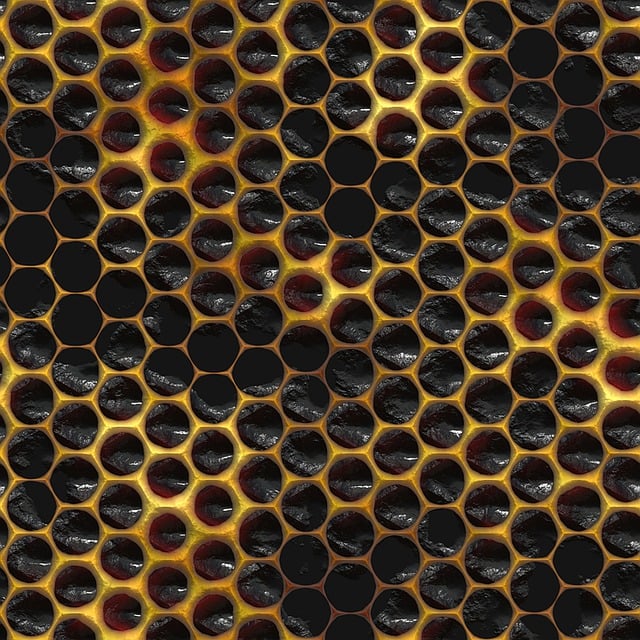Delayed onset muscle soreness (DOMS) is a common post-workout issue, but regular exercise reduces its intensity over time. Holistic approaches like proper nutrition, hydration, rest, and natural remedies like kratom pigmentation aid in managing and preventing excessive soreness. Kratom's alkaloids provide pain relief and its antioxidants may reduce oxidative stress from exercise. Personalized workout plans that incorporate varied exercises, durations, and structured rest days, tailored to individual factors, offer optimal recovery and lasting DOMS relief.
“Experience lingering muscle soreness? Discover how personalized workout plans can offer a tailored solution for relief. This comprehensive guide explores the science behind muscle soreness, delving into the role of natural remedies like kratom in enhancing recovery.
Learn about the causes of post-workout aches and how customization is key to effective rehabilitation. Uncover strategies to design exercise routines that target specific areas of discomfort, promoting faster healing and reduced inflammation. Explore the potential benefits of kratom pigmentation for a holistic approach to soreness relief.”
- Understanding Muscle Soreness and Its Causes
- The Role of Kratom in Relieving Soreness: Science and Research
- Designing Personalized Workout Plans for Effective Recovery
Understanding Muscle Soreness and Its Causes

Muscle soreness is a common post-exercise experience, often described as a muscle’s response to increased activity and stress. It typically peaks 24-48 hours after exercise and can range from mild discomfort to severe pain. This delayed onset muscle soreness (DOMS) is caused by various factors, including micro-tears in muscle fibers, inflammation, and changes in blood flow to the muscles during intense workouts.
While it might feel counterintuitive, engaging in regular exercise, even when incorporating new movements or intensities, can actually reduce muscle soreness over time. This is because our bodies adapt and become stronger as we challenge them. Additionally, proper nutrition, adequate hydration, and sufficient rest play crucial roles in managing and preventing excessive muscle soreness. Exploring natural remedies like kratom pigmentation has also gained interest for its potential anti-inflammatory properties, offering a holistic approach to post-workout recovery.
The Role of Kratom in Relieving Soreness: Science and Research

Kratom, a natural herb with a rich history in traditional medicine, has gained modern attention for its potential benefits in managing muscle soreness and inflammation. Scientific research is beginning to uncover the mechanisms behind kratom’s effectiveness, shedding light on its role as a natural remedy. The herb contains various alkaloids, including mitragynine and 7-hydroxymitragynine, which have been studied for their analgesic (pain-relieving) properties. These compounds interact with opioid receptors in the body, offering a potential explanation for kratom’s ability to reduce pain and soothe muscle soreness.
Beyond its analgesic effects, kratom is also known for its calming and energizing properties, attributes that can indirectly contribute to recovery from intense workouts. Some studies suggest that kratom’s pigmentation, rich in antioxidants, may play a role in reducing oxidative stress caused by strenuous exercise, further aiding in muscle recovery. As research continues, the scientific community delves deeper into the complex relationship between kratom and muscle soreness relief, providing intriguing insights for fitness enthusiasts seeking natural solutions to post-workout discomfort.
Designing Personalized Workout Plans for Effective Recovery

Designing personalized workout plans is an art and a science, especially when aiming for effective recovery from muscle soreness. Every individual’s body responds differently to exercise, so tailoring workouts to specific needs is crucial. Factors like age, fitness level, current health status, and the type of physical activity performed all play a role in determining the best course of action. For instance, a high-intensity workout might be beneficial for some to expedite recovery through increased blood flow and stimulation of endorphins, while others may require lower-impact exercises to reduce further strain on sore muscles.
In creating customized plans, consider the concept of kratom pigmentation—the idea that different intensities, durations, and types of exercise have distinct effects on the body’s healing process. Incorporating a variety of exercises, such as strength training, cardio, and flexibility work, allows for targeted relief from muscle soreness. Additionally, rest and recovery days are essential components of any well-designed plan, ensuring the body has time to repair and rebuild tissue. By combining these elements, individuals can optimize their recovery journey and achieve lasting results in managing and alleviating muscle soreness.
Muscle soreness can significantly impact an individual’s physical well-being and overall quality of life. By understanding the causes and implementing effective strategies, such as personalized workout plans and the potential benefits of kratom for its natural pain-relieving properties, one can effectively manage and alleviate muscle discomfort. Customized exercise routines, tailored to an individual’s needs and incorporating techniques like progressive overload, rest, and recovery, play a crucial role in promoting faster recovery times and reducing post-workout soreness. Moreover, exploring natural remedies like kratom pigmentation, backed by scientific research, offers an intriguing alternative for those seeking additional support in their journey towards muscle relief and improved athletic performance.














